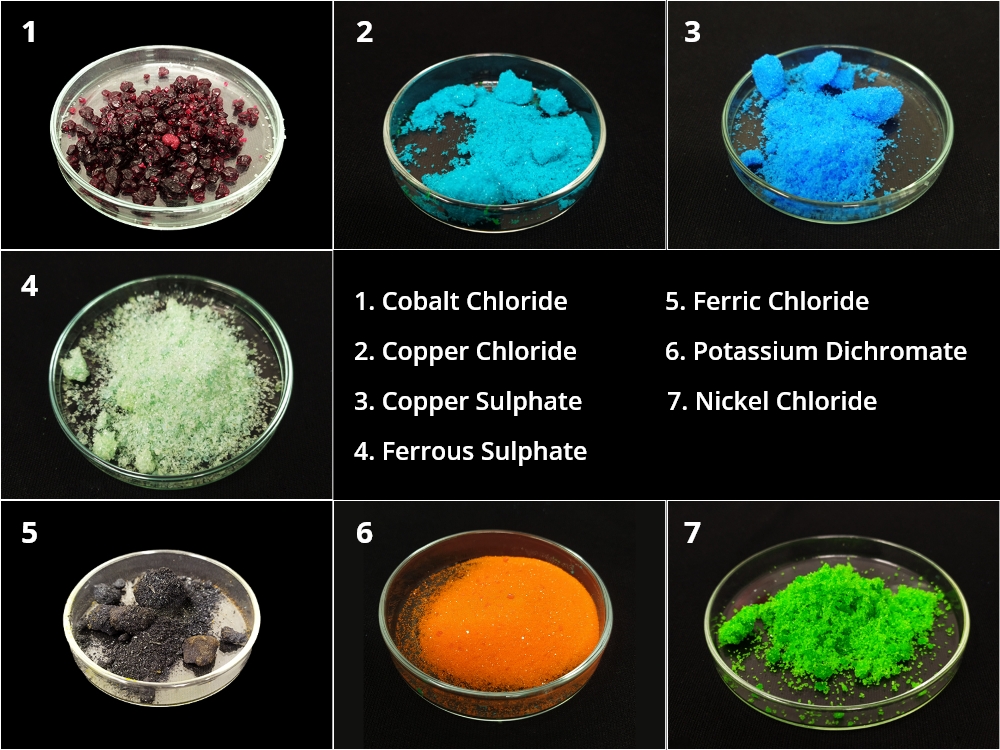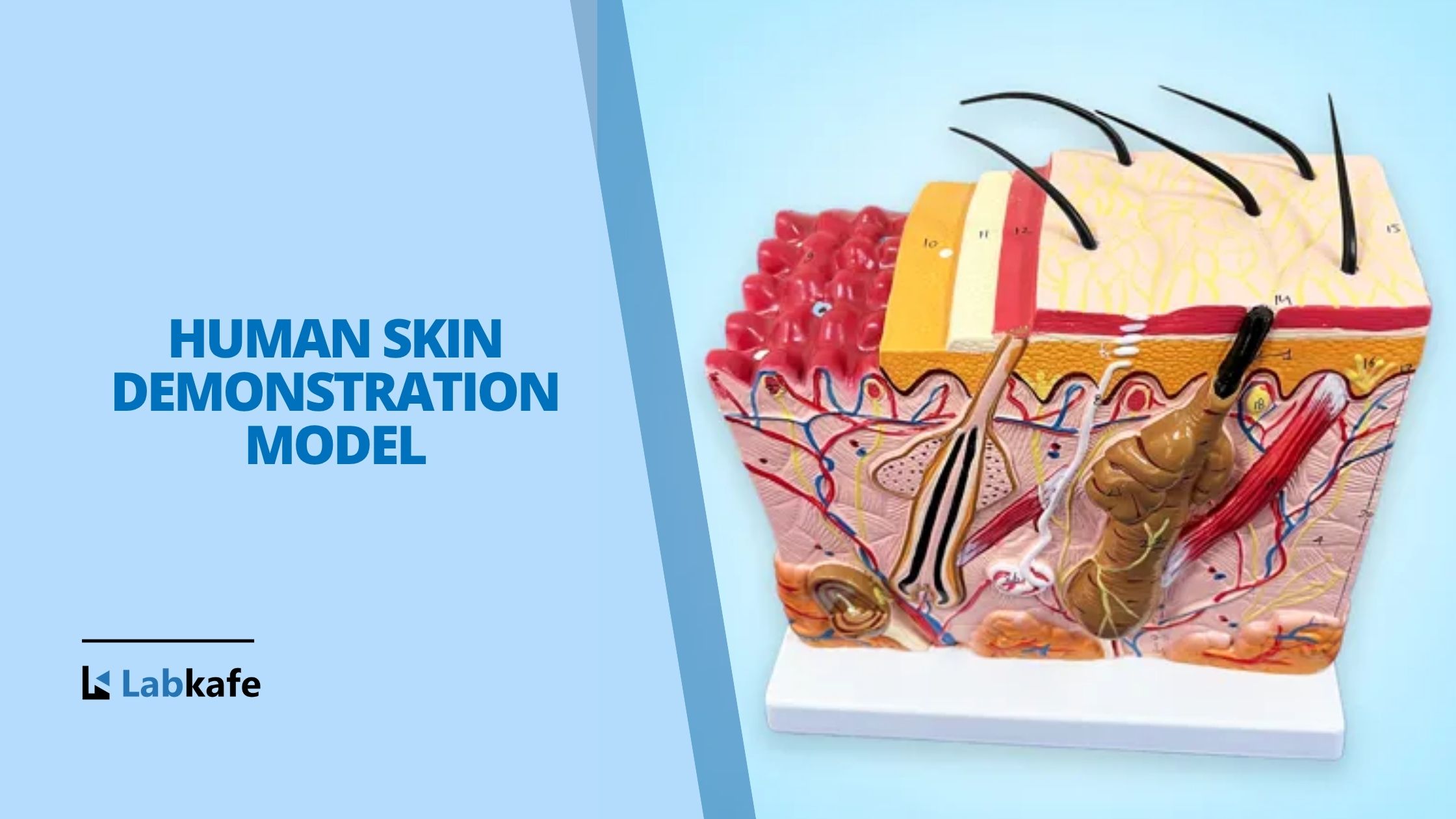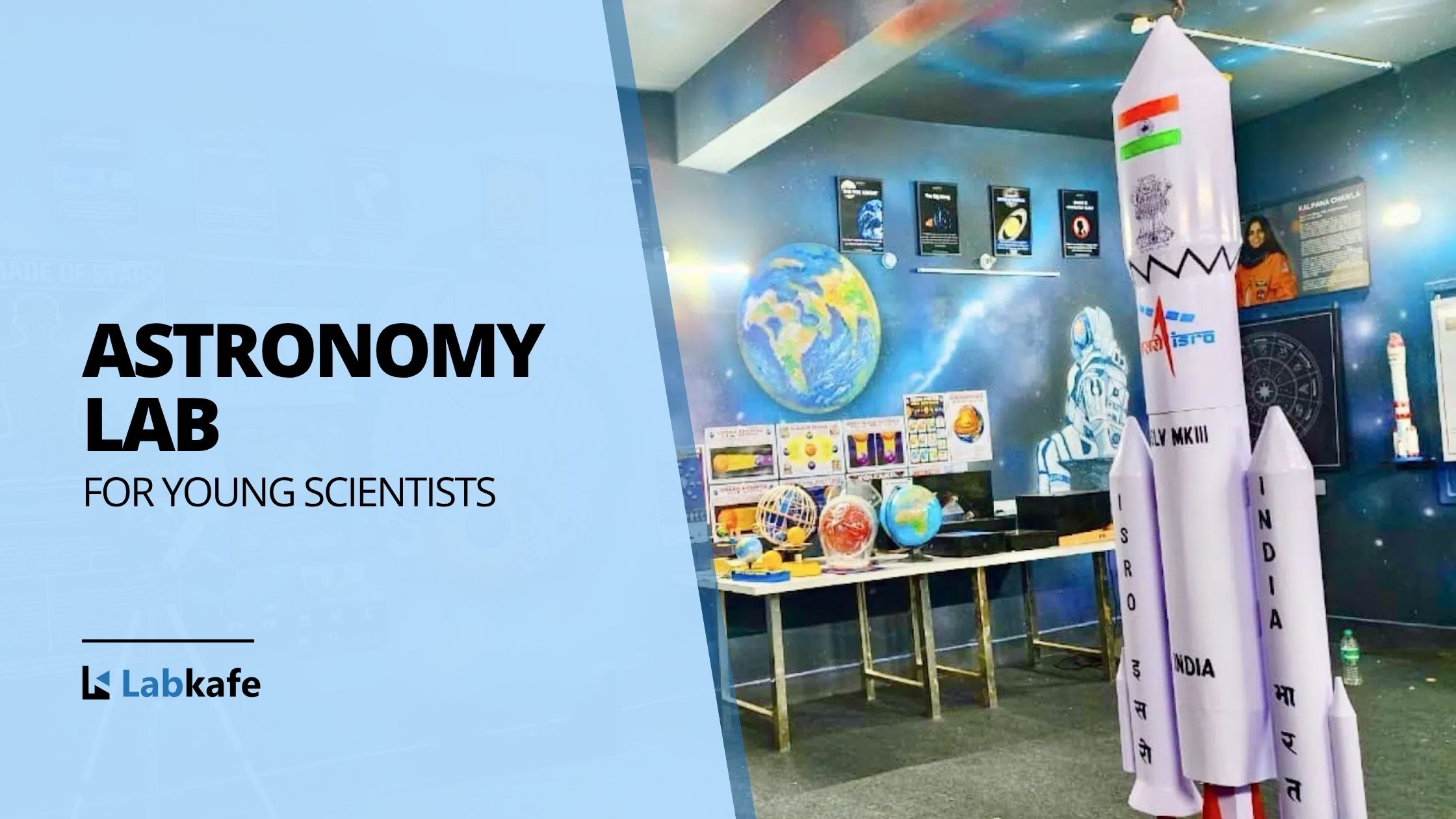Your school laboratory has a lot of chemical compounds to work with. Many of them are solid salts used for various reasons. If you are to be a good chemist or at least want to score some fame in the chemistry lab, then you have to be able to identify various compounds by the color of salts.
The thing is, many of the school laboratory salts are not much to look at ‒ just white powders. But a few important ones have very distinct colors and/or textures. It would be quite humiliating not being able to name them at a glance! Fear not, Labkafe Learning Center is here with a guide to identify common salts by color.

A word of warning, though. This is in no way a perfect idea of identifying a chemical compound ‒ for that, you need tests like the salt analysis .
Why Do Salts Have Color?
A very good question! Why does anything have color? We could write a whole book on it (actually there are multiple books written on the subject of atomic spectroscopy, the subject of studying colors of things). But we don’t have that much space here, nor do you have the time. So, here’s the absurdly simplified version of how salts get their color.
How do we see colors? They are nothing but different wavelengths of light. When some light falls on any object, it absorbs some of it and reflects the rest. That is how we see an object. That part that got reflected is what we see, those particular wavelengths that the substance didn’t eat up. And we call that the color of that object. For example, a blue salt eats up all other colors but reflects only the blue waves of light, so we think the salt is blue.
Now the question comes, why does a substance absorb only some parts of light? The answer lies deep in the movement of electrons of the ions that make up a compound. Simply put, electrons are not very calm people and they keep hopping around in different orbits. Have you ever hopped around? Then you know it requires a great deal of energy. Electrons, too, require energy to jump from one orbit to another. And light is a ready-made energy source available to them most of the time, so they eat it up in volumes!

About why the jumpy electrons would eat only a certain wavelength, there is a good answer too. When you hop from one place to another, you will notice that all the jumps are not the same. Each new place you land pretty much dictates how much energy will it require and in what way you’ll jump and whether you will break your leg or not. The same is true for electrons ‒ when they jump from one orbit to another, the nature of that movement dictates the nature of the light that will get absorbed in the process.
For example, in dry cobalt chloride (CoCl2), the electrons in the cobalt atoms are quite unhappy with their space in the D and F orbitals. So, they try to move to more stable places and these jumps consume most of the yellow, red and green wavelengths of light. Only the blue parts are left and that’s what gets reflected. Thus, we see cobalt chloride as a blue powder.
Funny enough, add a few drops of water to that dry CoCl2 powder and you’ll see it promptly turn purple-pink. That is because now water molecules intervene in the crystalline structure of the salt, giving the Cobalt electrons some new kind of buzz. They are still jumpy, but now they hop to and from different orbitals that consume some blue and most of the yellow and green light. This returns only red and some blue, mixing up and looking pinkish purple. Or purplish pink. Or onion color. Or whatever, I’m not good with color names!
Colors of Some Common Salts
Copper Sulphate
This is probably the most easily recognizable compound in most chemical labs. We know it as a brilliant blue crystalline solid. Note that this is the ‘wet’ version of the compound with five molecules of water attached to each molecule of CuSO4. Otherwise, in its anhydrous form, the ‘dry’ copper sulphate looks like a fine powder of pale blue color. It absorbs the 750 nm wavelength of light the best.

Ferrous Sulphate
Anhydrous ferrous sulphate is clear white and powdery, but it absorbs water to become crystalline ferrous sulphate (FeSO4.7H2O) which looks like light bluish-green salt. Heat it a little bit to see the color disappear. Alchemists of the olden days called it green vitriol or iron vitriol. Note that this substance can create a variety of stable forms with different levels of water absorption.
Cobalt Chloride
We have already discussed Cobalt Chloride above ‒ it is a fine blue when dry but forms pinkish violet crystals with water. It is very much hygroscopic ‒ means it will absorb water when left in the air and you can see the blue turning red slowly. It also has a light sharp odor.

Ferric Chloride
While yellow in color naturally, Ferric Chloride (FeCl3.6H2O) will absorb more water from the air if left alone for a long time and become brownish in color. Which is also the color of its watery solution. But if you heat the salt to dry it out and evaporate the water molecules, it will turn very black absorbing most of the light that falls on it.


Potassium Dichromate
One of the few pure chemical substances with such a bright orange color, Potassium Dichromate (K2Cr2O7) is easily recognized in the school chem lab. Unlike most other chemicals we talk about here, it doesn’t absorb water from the air ‒ but it is extremely toxic! Don’t even touch it with your bare hands. Very aptly colored salt, won’t you agree? Because dangerous things, in this world, are generally bright-colored. Except for flowers, of course.

Copper Chloride
Also known as Cupric Chloride (CuCl2·2H2O), it is a fine greenish blue crystalline salt. When heated, it loses the water and turns yellowish-brown. It gives the same blue-green color in a flame test too. For this exact reason, copper chloride is used in fireworks to make that azure color. Be warned, though ‒ it is not a safe compound and can be toxic to living things. Be careful not to confuse Copper Chloride with Copper Sulphate ‒ those two are very close in color and texture and it is hard to point which is which by just looking unless you put them side-by-side.
Nickel Chloride
It is hard to get the anhydrous yellow form of nickel chloride, but we can easily get our hands on NiCl2·6H2O in our school labs, which is a nice green-colored grainy sticky powder. Did you know that nickel chloride is used to electroplate metal objects? Its cousin, nickel iodide, also has the exact same color but looks more crystalline.
You may often need to handle these salts in your chemistry laboratory. Please do be careful when you use them, especially in their dry (anhydrous) forms. They can be harmful to your bare skin. And for the love of your life, don’t try to directly smell, or, heavens forbid, taste them. Speaking from personal experience, that’s NOT a good idea.
So, one may naturally ask, where can I get these colorful salts? The answer is Labkafe. We have all of these salts ‒ and many, many more ‒ as part of our laboratory consumables supply. You can buy them separately or buy them as curriculum-based or experiment-based packages.












Leave a Reply